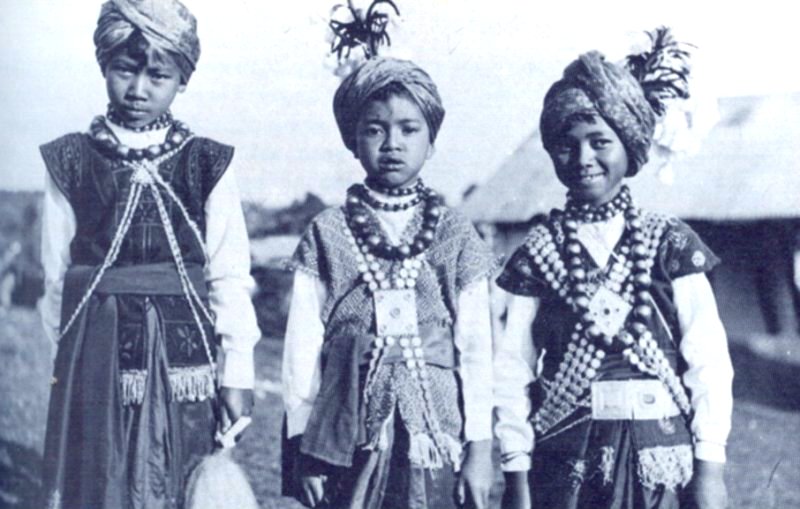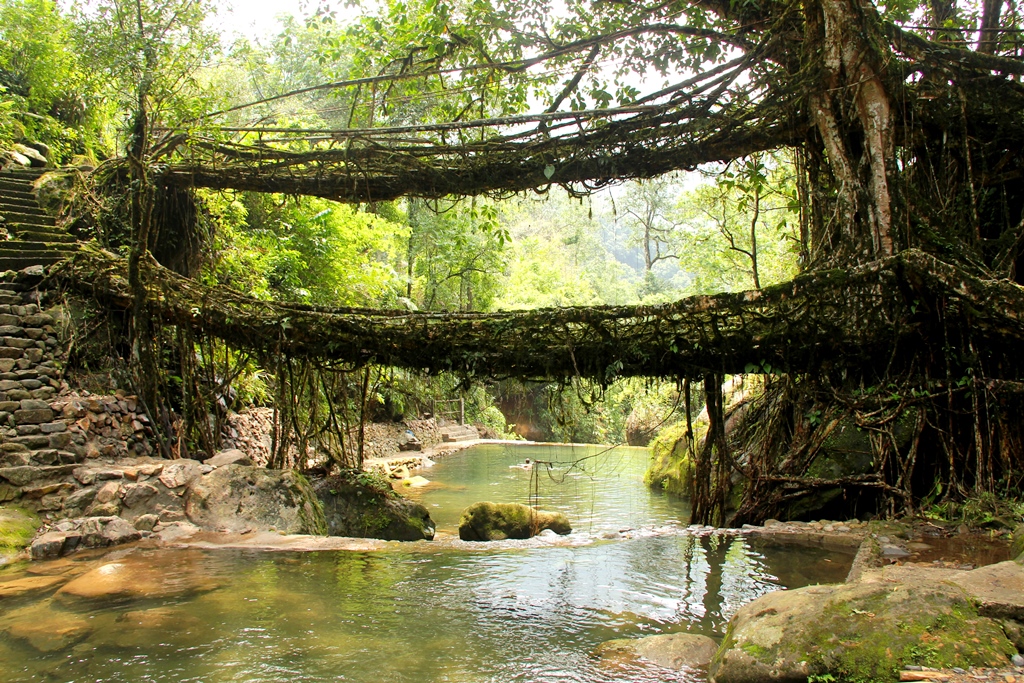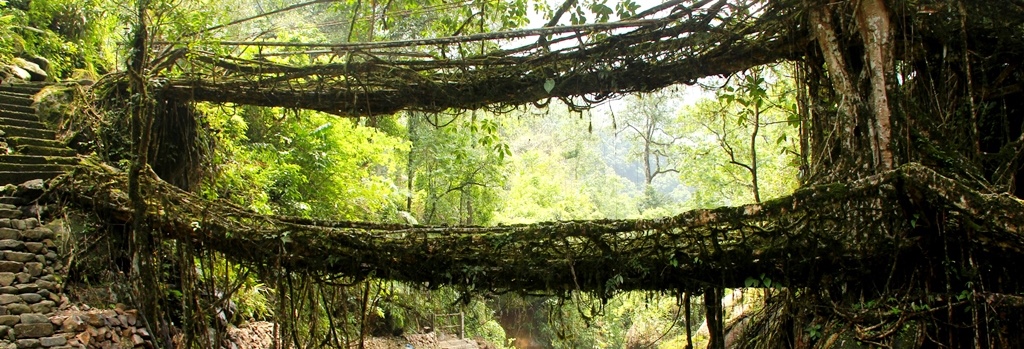Located in the East Khasi Hills district in the state of Meghalaya, Cherrapunji (officially called Sohra) is often touted as the wettest place on Earth. It holds the world record for the most rainfall in a calendar year (1 August 1960 – 30 July 1861) and month (July 1861). Cherrapunji sits on a plateau rising 600 meters above the surrounding valleys. It receives both northeast and southwest monsoonal winds that give it a single monsoon season and it rains mostly at night. It lies on the downwind side of the Khasi Mountains.

Image Credits: Wikipedia.org
People living in and around Cherrapunji are known as the Khasis. The most interesting and notable characteristic about Khasi people is that they are a matrilineal culture. The husband of the youngest daughter lives with his in-laws and the children take on their mother’s surname.
Cherrapunji is known all over the world not just for the heavy rainfall but also for the very popular living root bridges. The Southern Khasi and Jaintia hills around this town are humid and warm, and on these hills is found a species of Indian rubber tree. This tree has an unbelievably strong root system that has been thriving for many centuries. It also has a secondary root system originating from high up in the trunks. These secondary roots can easily roost atop big boulders or even in the middle of the rivers. A tribe in Meghalaya called the War-Khasis noticed this a long time ago and realized that these strong roots can offer an opportunity and means of easily crossing rivers in many places.
These have come to be known as the Living Root Bridges and one of the most popular one is the Umshiang Double-Decker Root Bridge.

Image Credits: Wikipedia.org



